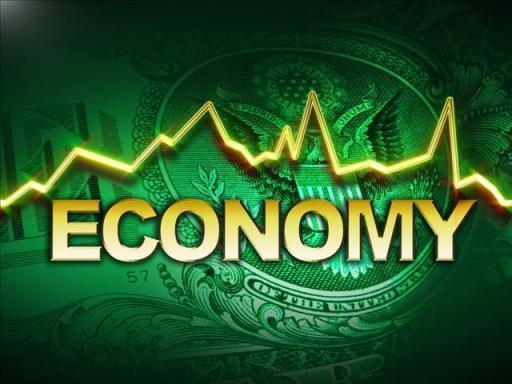Economy

Durable Goods Orders Break Streak of Gains in February
Written by Sandy Williams
March 24, 2021
After nine months of gains, orders for durable goods surprised economists with a 1.1% decline in February to $254 billion. The U.S. Census Bureau report on Wednesday indicated core capital goods–non-defense orders minus aircraft and a measure of future investment–dipped 0.8% after gaining 0.6% in January.
The decline in new orders was led by a 1.6% decline in transportation equipment. Orders for motor vehicles and parts plummeted 8.7% after inching downward 0.9% the previous month. Commercial aircraft had a welcome respite, soaring 103.3% after Boeing received more than 80 aircraft orders.
Shipments broke a five-month streak by tumbling 3.5% in February. Transportation equipment led the decrease, dropping 8.2% during the month. Shipments for primary metals fell 1.1% and fabricated metal products 0.7%.
Manufacturers struggled with supply chain delays, input shortages and adverse weather that contributed to the declines in February.
The Census Bureau’s February advance report on durable goods manufacturers’ shipments, inventories and orders follows:
New Orders
New orders for manufactured durable goods in February decreased $2.9 billion or 1.1% to $254.0 billion. This decrease, down following nine consecutive monthly increases, followed a 3.5% January increase. Excluding transportation, new orders decreased 0.9%. Excluding defense, new orders decreased 0.7%. Transportation, down following five consecutive monthly increases, led the decrease by $1.3 billion or 1.6% to $83.6 billion.
Shipments
Shipments of manufactured durable goods in February, down following five consecutive monthly increases, decreased $9.1 billion or 3.5% to $250.9 billion. This followed a 1.7% January increase. Transportation equipment, also down following five consecutive monthly increases, led the decrease by $7.0 billion or 8.2% to $78.6 billion.
Unfilled Orders
Unfilled orders for manufactured durable goods in February, up two consecutive months, increased $8.4 billion or 0.8% to $1,082.0 billion. This followed a 0.2% January increase. Transportation equipment, up following 11 consecutive monthly decreases, led the increase by $5.0 billion or 0.7% to $711.1 billion.
Inventories
Inventories of manufactured durable goods in February, up following two consecutive monthly decreases, increased $2.8 billion or 0.7% to $427.3 billion. This followed a 0.3% January decrease. Transportation equipment, also up following two consecutive monthly decreases, led the increase by $0.9 billion or 0.6% to $146.6 billion.
Capital Goods
Nondefense new orders for capital goods in February increased $4.2 billion or 5.6% to $79.6 billion. Shipments decreased $2.2 billion or 2.9% to $74.5 billion. Unfilled orders increased $5.1 billion or 0.9% to $592.1 billion. Inventories increased $0.3 billion or 0.2% to $192.2 billion.
Defense new orders for capital goods in February decreased $1.6 billion or 10.6% to $13.5 billion. Shipments decreased $0.1 billion or 0.9% to $13.1 billion. Unfilled orders increased $0.3 billion or 0.2% to $180.2 billion. Inventories increased $0.2 billion or 1.0% to $21.4 billion.
Revised January Data
Revised seasonally adjusted January figures for all manufacturing industries were: new orders, $509.2 billion (revised from $509.4 billion); shipments, $512.2 billion (revised from $513.3 billion); unfilled orders, $1,073.6 billion (revised from $1,072.8 billion); and total inventories, $696.8 billion (revised from $696.3 billion).

Sandy Williams
Read more from Sandy WilliamsLatest in Economy

ISM September survey captures deepening manufacturing gloom
The Institute for Supply Management’s (ISM) latest monthly report on manufacturing reflects a bleak view of American industry in September.

Key industries concerned over government shutdown’s impact on steel, manufacturing
Trade groups cautioned that a prolonged shutdown could strain US industry.

Chicago Business Barometer catches cold winds of contraction in September
The Chicago Business Barometer's September reading indicates a softening in overall business activity in the Midwest for the third consecutive month, with new orders and backlogs retreating further.

Metalforming market sentiment takes a dive in September: PMA
Metalforming manufacturers anticipate a decrease in near-term conditions, according to the Precision Metalforming Association's (PMA) Business Conditions Report for September.

AIA: Architecture firms still under pressure
Architecture firms reported a modest improvement in billings through August, yet business conditions remained soft, according to the latest Architecture Billings Index (ABI) release from the American Institute of Architects (AIA) and Deltek.
